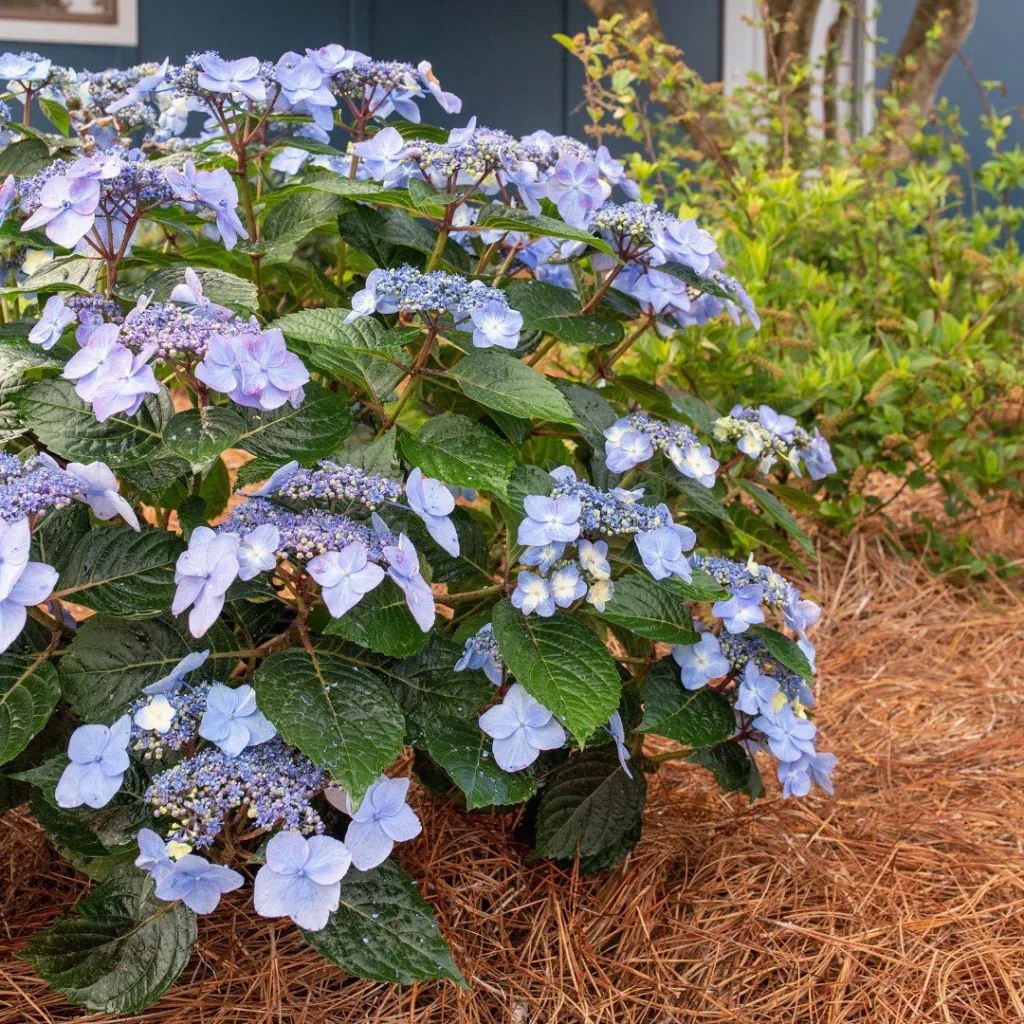Frequently Asked Questions About Cuphea David Verity
Cuphea David Verity is one of those plants that caught my attention the moment I saw it. With its vivid orange tubular flowers and lush green foliage, it stands out in any garden setting. Over the years, I’ve had the chance to grow and care for this plant, and I’ve learned quite a bit. Below are some frequently asked questions about Cuphea David Verity that I’ve encountered and my experiences with them.
253 Species in Genus Cuphea
What Is Cuphea David Verity?
Cuphea David Verity is a hybrid plant known for its striking flowers and evergreen foliage. This plant belongs to the Lythraceae family and is a cross between two species, Cuphea ignea and Cuphea micropetala. It’s often called the “cigar plant” due to its tubular flowers, which resemble lit cigars. The plant blooms profusely, offering a brilliant display of orange and red throughout the growing season.
This plant can grow up to 3 feet tall and spread just as wide, making it an excellent choice for garden borders or as a container plant. It’s a perennial in USDA zones 8-11 but can also be grown as an annual in cooler climates.
How to Care for Cuphea David Verity?
Light Requirements: Cuphea David Verity thrives in full sun to partial shade. In my experience, it blooms best when it receives at least six hours of direct sunlight daily. However, in hotter climates, providing some afternoon shade helps prevent the leaves from scorching.
Soil: This plant prefers well-draining soil. I’ve found that it does well in loamy or sandy soils, but it can tolerate clay soil as long as it’s amended with organic matter to improve drainage.
Watering: Cuphea David Verity is relatively drought-tolerant once established, but it still prefers consistent moisture. I water mine regularly during the growing season, ensuring the soil stays evenly moist but not waterlogged. During the winter, I cut back on watering to allow the plant to rest.
Fertilization: A balanced, slow-release fertilizer works well for this plant. I usually fertilize it in early spring to give it a good start, and then again in mid-summer to encourage continuous blooming.
Pruning: Pruning helps maintain the shape of the plant and encourages new growth. I typically trim back any leggy growth in late winter or early spring before the new growth starts. Deadheading spent flowers also promotes more blooms.
How to Propagate Cuphea David Verity?
Propagating Cuphea David Verity is fairly simple. The most effective method I’ve found is by taking stem cuttings. Here’s how I do it:
- Selecting Cuttings: I choose healthy, non-flowering stems about 4-6 inches long.
- Preparing the Cuttings: I remove the lower leaves from the cuttings, leaving just a few at the top.
- Rooting Medium: I dip the cut end into rooting hormone and plant it in a well-draining potting mix. I’ve found a mix of perlite and peat moss works well.
- Moisture and Light: I keep the cuttings in a warm, bright location out of direct sunlight. It’s important to keep the soil moist but not soggy during this time.
- Root Development: Within a few weeks, roots begin to form. Once they are well-established, I transplant the new plants into larger pots or directly into the garden.
What to Plant with Cuphea David Verity?
Cuphea David Verity is a versatile plant that pairs well with various garden companions. I like to plant it alongside other sun-loving perennials and annuals that complement its vibrant colors. Some of my favorite companions include:
- Lantana: The bright, contrasting colors of Lantana create a striking combination with Cuphea David Verity.
- Salvia: The spiky blooms of Salvia add vertical interest and pair well with the bushy nature of Cuphea.
- Verbena: The low-growing habit of Verbena provides a nice ground cover under the taller Cuphea.
How to Use Cuphea David Verity in the Garden?
Cuphea David Verity is incredibly versatile in the garden. I’ve used it in various ways over the years, and it never disappoints:
- Borders and Edging: Its compact size and continuous blooms make it an excellent choice for garden borders and edging.
- Container Planting: This plant thrives in containers. I often use it in patio pots where its bright flowers can be appreciated up close.
- Hummingbird Gardens: One of the best uses I’ve found for Cuphea David Verity is in hummingbird gardens. The tubular flowers are a magnet for these tiny birds.
Is Cuphea David Verity Toxic?
One of the questions I often get is whether Cuphea David Verity is toxic to pets or humans. From my experience and research, this plant is not known to be toxic. It’s a safe choice for gardens frequented by pets and children. However, I still recommend monitoring pets and children to ensure they don’t ingest large quantities of any plant material.
Can Cuphea David Verity Survive Winter?
If you’re in a cooler climate, you might wonder if Cuphea David Verity can survive the winter. In my zone 8 garden, it behaves as a perennial, returning each spring with fresh growth. However, in zones colder than 8, it’s typically grown as an annual.
For those in colder areas, you can bring the plant indoors before the first frost. I usually pot up a few plants and keep them in a bright, sunny window through the winter. With minimal care, they survive the colder months and can be moved back outside once the danger of frost has passed.
Final Thoughts
Cuphea David Verity is a resilient, low-maintenance plant that offers a lot of beauty for very little effort. Whether you’re a seasoned gardener or a beginner, this plant is an excellent addition to any garden. From its vibrant flowers that attract pollinators to its easy-care nature, Cuphea David Verity is a joy to grow. I highly recommend giving it a spot in your garden—you won’t be disappointed.
If i die, water my plants!



